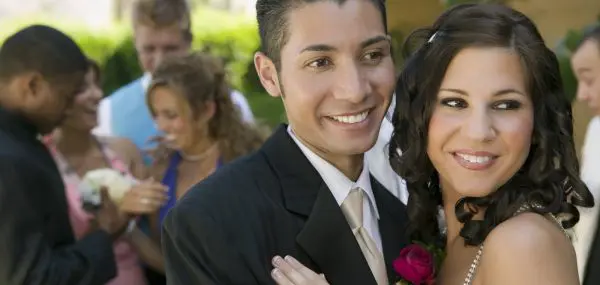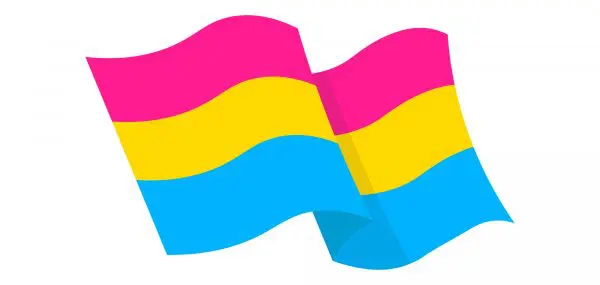We cringe when we think about grinding and twerking at school dances. We’re worried about the kids today. And we think that the dance styles reflect promiscuity. In fact, we believe that our kids are more promiscuous than any other generation. Yet, it seems that our story is every generation’s story. Take a look at the history of dance.
A Short History Of Dance
 1920s Dancing: Shimmying
1920s Dancing: Shimmying
It all started in the 20s with the shimmy, a favorite of that era’s so-called flappers. Dancers kept their bodies still while shaking their shoulders as well as some other body parts. While tame by today’s standards, the shimmy upset some more conservative folks, who claimed it was “improper.” It was so offensive to some that the dance itself was banned from many public dance halls in the 20s.
 1950s Dancing: Elvis
1950s Dancing: Elvis
And then the shaking moved south. Elvis came to the stage with his seductive gyrations. His hip wiggling made teens go crazy. But it drove their parents crazy too. Once, censors went so far as to only film his top half during a performance on the Ed Sullivan Show.
 1980s Dancing: Hello, Madonna
1980s Dancing: Hello, Madonna
Fast forward to the 80s and parents had a new concern: Madonna. When performing “Like a Virgin,” Madonna crawled across the floor seductively while wearing a wedding dress, adding in occasional hip thrusts. Many complained that she was promoting sexual promiscuity without marriage. Even so, the performance is still seen by many as iconic to this day.
 2000s Dancing: Grinding
2000s Dancing: Grinding
This quote from Wikipedia says it all: “Grinding, also known as freak dancing or freaking or, in the Caribbean, whining, is a type of close partner dance where two or more dancers rub or bump their bodies against each other, especially a male dancer rubbing his frontal lower area against a female dancer’s buttocks, in imitation of rear-entry or ‘doggie style’ intercourse.” So yeah, that made a lot of grown-ups happy.
 2013 Dancing: Twerking
2013 Dancing: Twerking
And then we get to twerking, where excess body fat is finally put to good use. It’s usually defined as dancing in a provocative manner by squatting down and thrusting their hips. Dancers typically shake their hips up and down causing their bottoms to jiggle or, you could say, shimmy? And so we’ve come full circle.

 1920s Dancing: Shimmying
1920s Dancing: Shimmying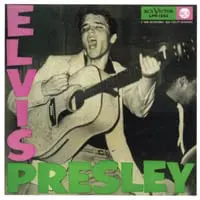 1950s Dancing: Elvis
1950s Dancing: Elvis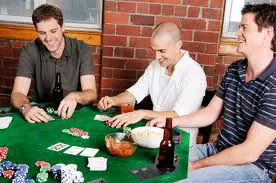 1980s Dancing: Hello, Madonna
1980s Dancing: Hello, Madonna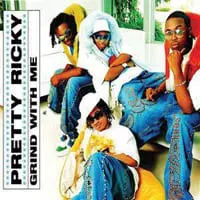 2000s Dancing: Grinding
2000s Dancing: Grinding 2013 Dancing: Twerking
2013 Dancing: Twerking